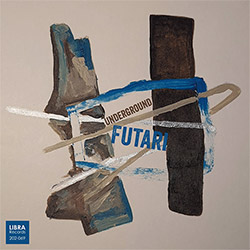
Pandemic restrictions having cancelled their European tour, the Futari duo of pianist Satoko Fujii and vibraphonist Taiko Saito chose instead to develop a new collaborative album of improvisations exchanged by sound file, each intently listening to the other's recordings, their care and pensive responses creating an astounding and sublime album of stunningly beautiful music.
In Stock
Quantity in Basket: None
Log In to use our Wish List
Shipping Weight: 3.00 units
Sample The Album:
Satoko Fujii-piano, voice
Taiko Saito-marimba, vibraphone
Click an artist name above to see in-stock items for that artist.
UPC: 4562162308692
Label: Libra
Catalog ID: 202-069
Squidco Product Code: 31253
Format: CD
Condition: New
Released: 2021
Country: Japan
Packaging: Cardboard Gatefold
Recorded at Satoko Fujji's home in Kobe, Japan (June, July, August, 2021), and in Berlin, Germany, in 2018, and 2021, by Volker Meitz and Satoshi Okamoto.
"Half a world away from each other, pianist-composer Satoko Fujii and vibraphonist Taiko Saito recapture the delicate intensity of their duo, Futari, on their new CD, Underground. After the pandemic prevented an in-person reunion during a planned European tour, Fujii and Saito agreed to carry on by exchanging sound files over the Internet. Although the format is remote, the resulting music is, if anything, even more intimate and compelling than their debut album, Beyond, which was recorded live in the studio. "When we started Futari, I had no idea how it would come out. Then our debut tour and CD came out so well," Fujii says. "Making Underground made us go deeper into our collaboration."
In the liner notes, Taiko explains that she approached her responses to Fujii's music in different ways. Sometimes she listened several times to Fujii's file and then improvised. Sometimes she would go back in and add another layer of sound, or change what she's already played.
Fujii worked in much the same way. "At the very beginning of this project, I listened to the music she sent me several times and then I just played along to it," she says. "But when I played along to 'One Note Techno Punks' and 'Finite or Infinite,' I tried several times, and I didn't like what I played. [Husband and trumpeter] Natsuki [Tamura] suggested that I 'sing' on 'One Note Techno Punks.' I did it once and I really liked it, but I wanted more, so I overdubbed another vocal track. On 'Finite and Infinite,' I assembled short phrases in a way that I liked; it's the 'Lego approach' that I used on Piano Music. On some pieces we both did Lego construction.
"I know many musicians and fans may think that we cannot make true music this way," Fujii continues. "But I think this is just another way that we can make true music. We can fix all the notes before we play, we can improvise, and we can exchange music files online to make music. Actually, the reason I love music is because we can approach it in many ways. Music is 200-percent open to any approach you take to it. It is real, free art."
Whatever the methods that Fujii and Saito use, they create a sound world unlike any other. It's a beautiful, enigmatic space where conventional distinctions between sound and musical note, between timbre and melody, between spontaneous and composed, blur and fuse into a single visionary statement. So close are their interactions that it's often hard to tell what instrument-piano or vibraphone-is making the music you're hearing. The slowly pulsing, richly detailed title track has a massive sound presence, with textures and cryptic melodies playing across its surface. "Break in the Clouds" finds Fujii's piano lines threading their way through billows of translucent waves of vibraphone. The give and take on "Frost Stirring" with its intertwining melodies and blending textures, is the closest approximation of a live performance. The intricately layered "Finite or Infinite" piles dancing phrases atop one another in a lively, joyful performance. Over and over again, on pieces like "Air" and "Street Ramp," and "Memory Illusion," Saito proves to be a wholly original voice on mallet instruments, her extended techniques, firm sense of time, and startling timbres creating arresting accompaniment for the equally inventive Fujii.
Pianist and composer Satoko Fujii, "an improviser of rumbling intensity and generous restraint" (Giovanni Russonello, New York Times), is one of the most original voices in jazz today. For more than 25 years, she has created a unique, personal music that spans many genres, blending jazz, contemporary classical, rock, and traditional Japanese music into an innovative synthesis instantly recognizable as hers alone. A prolific composer for ensembles of all sizes and a performer who has appeared around the world, she was the recipient of a 2020 Instant Award in Improvised Music, in recognition of her "artistic intelligence, independence, and integrity."
Since she burst onto the scene in 1996, Fujii has led some of the most consistently creative ensembles in modern improvised music. Highlights include a piano trio with Mark Dresser and Jim Black (1997-2009), and an electrifying avant-rock quartet featuring drummer Tatsuya Yoshida of The Ruins (2001-2008). In addition to a wide variety of small groups of different instrumentation, Fujii also performs in a duo with trumpeter Natsuki Tamura, with whom she's recorded eight albums since 1997. She and Tamura are also one half of the international free-jazz quartet Kaze, which has released five albums since their debut in 2011. Fujii has established herself as one of the world's leading composers for large jazz ensembles, prompting Cadence magazine to call her "the Ellington of free jazz."
Award-winning mallet player-composer Taiko Saito was born in Sapporo but currently lives in Berlin. She studied with marimba virtuoso Keiko Abe and studied classical marimba and percussion at the Toho School of Music. In 1997 she began to improvise and to write music, and moved to Berlin, where she studied vibraphone and composition with David Friedman at the Universität der Künste Berlin. In 2003 she founded the marimba/vibraphone-piano duo with German jazz piano player Niko Meinhold. Their album Koko was released in 2005 and Live in Bogotá was released in 2014. Reed player Tobias Schirmer joins them to make the trio Kokotob. Together with Rupert Stamm, she also created the jazz mallets duo Patema whose recording was released by Zerozero in 2007. She is a founding member of the Berlin Mallet Group, which also includes her former teacher Friedman. She also performs with Fujii, Natsuki Tamura, Schirmer, and percussive dancer Mizuki Wildenhahn in Puzzle. She played with Mary Halvorson at the Berlin Jazz Festival in 2019, and with Silke Eberhard at the Moers Jazz Festival and Berlin Jazz Festival in 2020.
Artist Biographies
• Show Bio for Satoko Fujii "Born on October 9, 1958 in Tokyo, Japan, Fujii began playing piano at four and received classical training until twenty, when she turned to jazz. From 1985-87, she studied at Boston's Berklee College of Music, where her teachers included Herb Pomeroy and Bill Pierce. She returned to Japan for six years before returning to the US to study at the New England Conservatory in Boston, where her teachers included George Russell, Cecil McBee, and Paul Bley, who appeared on her debut CD Something About Water (Libra, 1996). Since then Fujii has been an innovative bandleader and soloist, a tireless seeker of new sounds, and a prolific recording artist in ensembles ranging from duos to big bands. She has showcased her astonishing range and ability approximately 80 CDs as leader or co-leader. With each new recording or new band, she explores new aspects of her art. Regular collaborations include her New York trio with bassist Mark Dresser and drummer Jim Black, augmented by trumpeter/husband Natsuki Tamura to form the Satoki Fujii Four; her duo with Tamura; the Satoko Fujii Quartet featuring Tatsuya Yoshida of the Japanese avant-rock duo, The Ruins; Orchestra New York, which boasts the cream of New York's contemporary avant garde improvisers, including saxophonists Ellery Eskelin and Tony Malaby, trumpeters Herb Roberton and Steven Bernstein, and trombonist Curtis Hasselbring, among others; Orchestra Tokyo, drawing on that city's best improvisers; Orchestra Nagoya; Orchestra Kobe; the co-operative trio Junk Box with Tamura and percussionist John Hollenbeck; ma-do, a quartet including Tamura on trumpet, bassist Norikatsu Koreyasu, and Akira Horikoshi; the Min-Yoh Ensemble with Tamura, trombonist Hasselbring, and accordionist Andrea Parkins; the Satoko Fujii New Trio, featuring bassist Todd Nicholson and drummer Takashi Itani― plus countless engagements and collaborations with some of the world's most important improvisers." ^ Hide Bio for Satoko Fujii • Show Bio for Taiko Saito "Taiko Saitō (Japanese 易 子 子, Saitō Taiko, 易 子 1976 1976 1976 1976 1976 Taiko began playing Marimba at the age of six; Later came the piano and drums. For eight years she received lessons from the Marimba virtuoso Keiko Abe. She studied at the Tōhō College of Music in Tokyo and then graduated as the first marimbaphone soloist with a diploma. In 1997 she began to deal with improvisation and composition. In 1998, she moved to Berlin to study with David Friedman at the University of the Arts. Rupert Stamm took her 2005 to his vibraphone quartet Xylon (with Tom van der Geld and Franz Bauer ). In 2006 she released her first album Koko together with the pianist Niko Meinhold at Pirouet Records. [1] In the trio Kokotob with Meinhold and the clarinetist Tobias Schirmer, which has existed since 2008, she performed at the Nuremberg Festival Vibraphonissimo in 2017. [2] Saitō has played with orchestras such as the Sapporo Symphony Orchestra or the Orchester d'Auvergne. At the 5 th International Shostakovich Festival in Gohrisch in 2014, she participated in the premiere of Sofia Gubaidulina's work "So sei es" as a drummer, [3] which appeared with chamber music works by Viktor Suslin in the same year on the album In Memoriam at BIS. She also belonged to various bands, such as Lunatique Asylum around Oliver Potratz, with whom she performed internationally. She also teaches at the New Music School in Berlin. Saito won first prize at the 3éme Concours International de Vibraphone, Claude Giot, the 3rd prize at the World Marimba Competition, the NTT-DoCoMo Award and the 1st Jazz Jazz Award 2002." ^ Hide Bio for Taiko Saito
4/9/2025
Have a better biography or biography source? Please Contact Us so that we can update this biography.
4/9/2025
Have a better biography or biography source? Please Contact Us so that we can update this biography.
Track Listing:
1. Underground 4:55
2. Break In The Clouds 4:41
3. Meeresspiegel 4:11
4. Air 7:08
5. Frost Strirring 2:56
6. Memory Illusion 3:26
7. Finite Or Infinite 8:08
8. Asayake 4:41
9. Street Ramp 6:20
10. One Note Techno Punks 4:14
Satoko Fujii & Natsuki Tamura's Libra Label
Improvised Music
Jazz
Free Improvisation
Electroacoustic Composition
Compositional Forms
Piano & Keyboards
Percussion & Drums
Duo Recordings
Asian Improvisation & Jazz
Staff Picks & Recommended Items
Search for other titles on the label:
Libra.


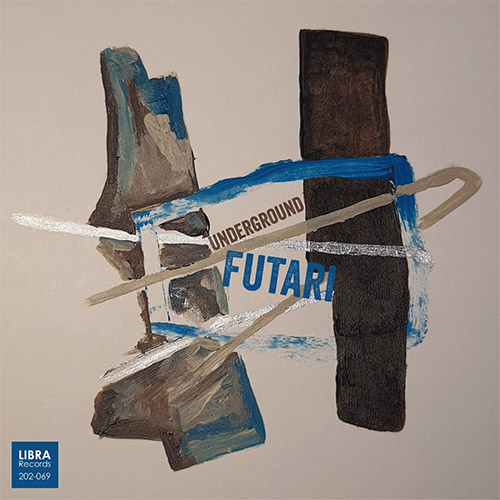
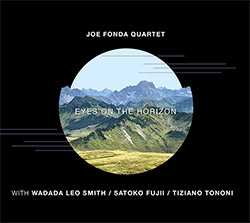
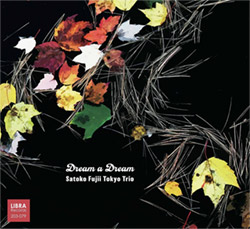
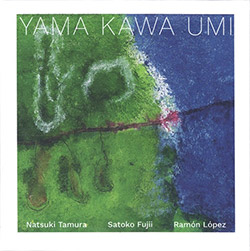


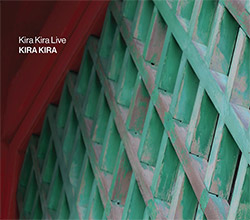

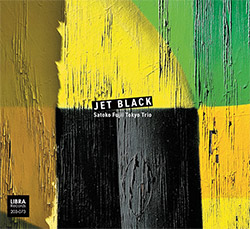


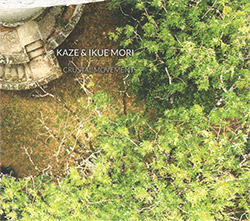
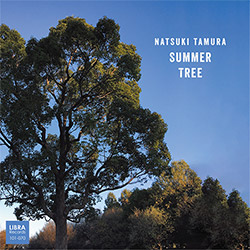

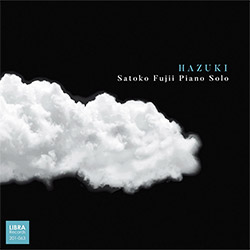
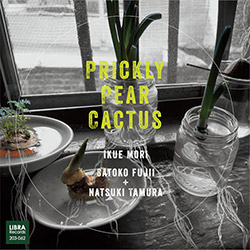

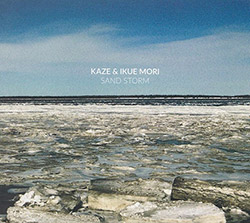

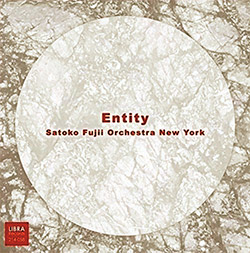



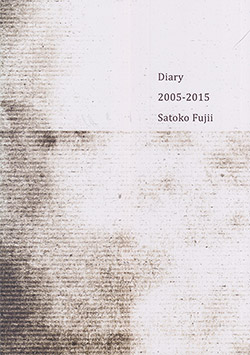
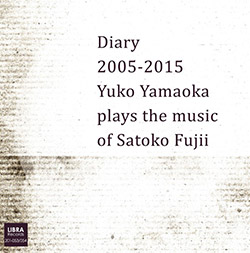
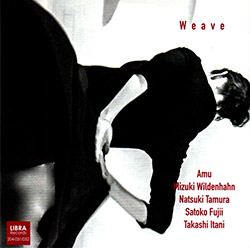

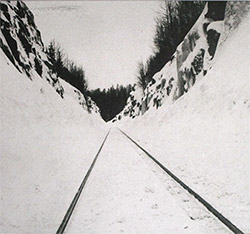
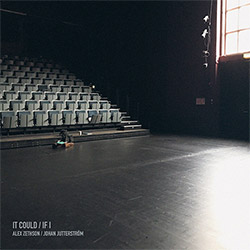

![111 (Michelle / Villamil): Live at Opus 40 [CASSETTE]](https://www.teuthida.com/productImages/misc4/35986.jpg)
![del Pino, Francisco / Charlotte Mundy: The Sea [CASSETTE]](https://www.teuthida.com/productImages/misc4/35987.jpg)

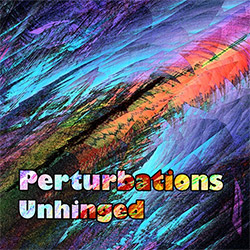

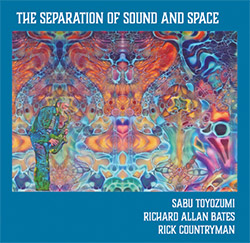


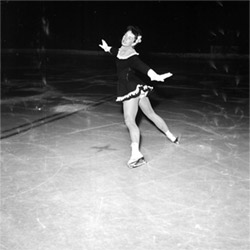
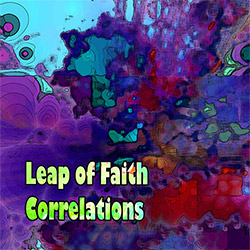
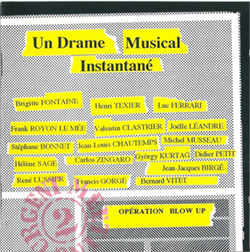
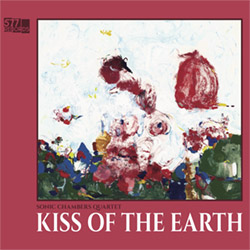

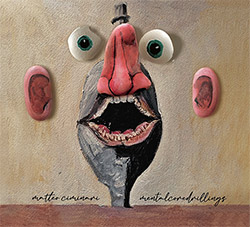
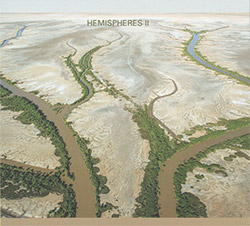
![Niblock, Phill / Anna Clementi / Thomas Stern: Zound Delta 2 [VINYL]](https://www.teuthida.com/productImages/misc4/34623.jpg)
![Yoko, Ono / The Great Learning Orchestra: Selected Recordings From Grapefruit [2 CDs]](https://www.teuthida.com/productImages/misc4/35841.jpg)
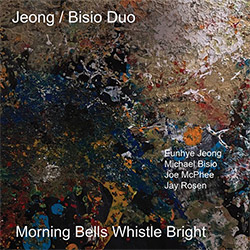
![Brotzmann, Peter / John Edwards / Steve Noble / Jason Adasiewicz: The Quartet [2 CDs]](https://www.teuthida.com/productImages/misc4/35975.jpg)
![Brotzmann, Peter / John Edwards / Steve Noble / Jason Adasiewicz: The Quartet [VINYL 2 LPs]](https://www.teuthida.com/productImages/misc4/35976.jpg)
![Thomas, Pat: The Solar Model of Ibn-Al Shatir [VINYL]](https://www.teuthida.com/productImages/misc4/36044.jpg)
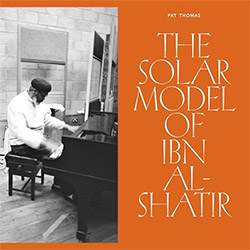

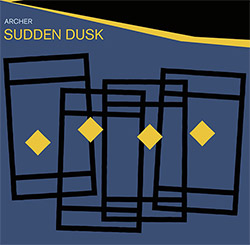
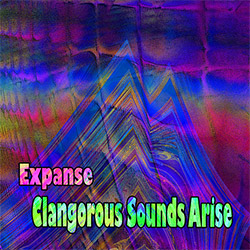
![Rodrigues, Ernesto / Nuno Torres / Guilherme Rodrigues: Whispers In The Moonlight - In Seven Movements [2CDs]](https://www.teuthida.com/productImages/misc4/35765.jpg)
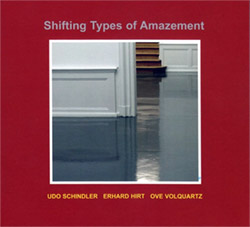

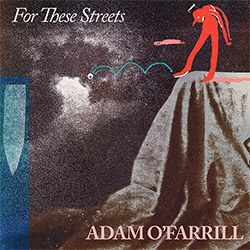
![Cocks, Laura: FATHM [VINYL]](https://www.teuthida.com/productImages/misc4/36055.jpg)
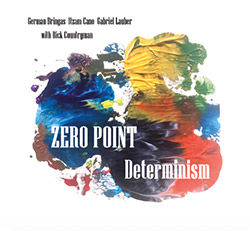
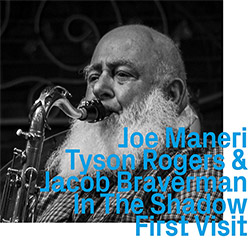
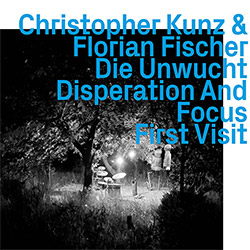
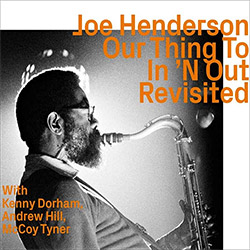

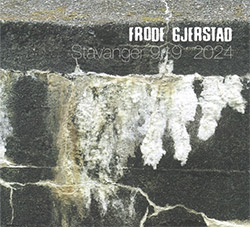
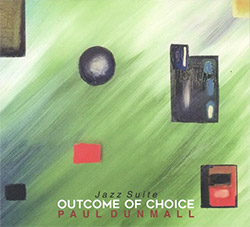
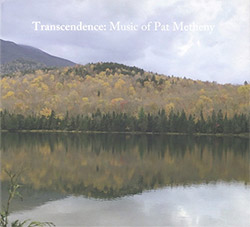
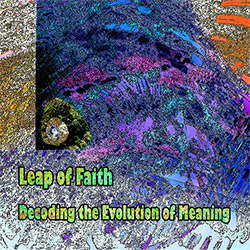
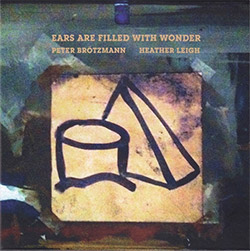
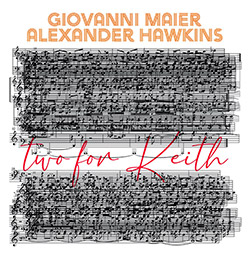
![Schindler, Udo / Sandy Ewen / Damon Smith: Munich Sound Studies Vols. 4, 5 & 6 [3 CDs]](https://www.teuthida.com/productImages/misc4/35966.jpg)
![Turbulence Orchestra & Sub-Units: Smear Out the Difficulties (Double Live) [2 CDs]](https://www.teuthida.com/productImages/misc4/36048.jpg)
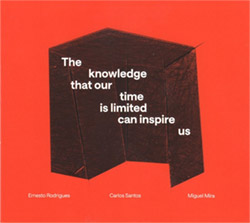
![Myers, David Lee : Tin Drop Tear [BOOK w/ DOWNLOAD]](https://www.teuthida.com/productImages/misc4/36030.jpg)
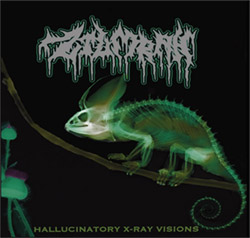
![Ackerley / Prymek / Turner: All Hope With Sleeping Minds [CASSETTE]](https://www.teuthida.com/productImages/misc4/35950.jpg)
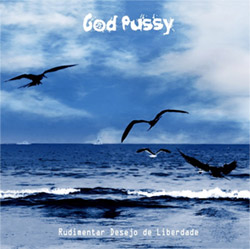

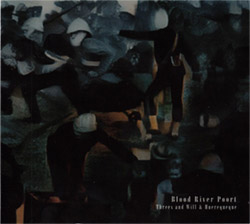
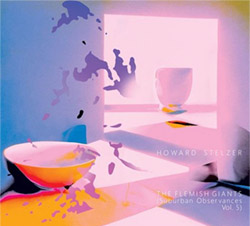

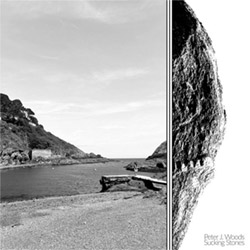
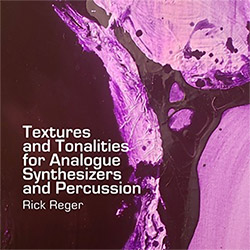

![Olencki, Weston : Pearls Ground Down To Powder [VINYL]](https://www.teuthida.com/productImages/misc4/35956.jpg)
![Myers, David Lee: Oculus [2CDs]](https://www.teuthida.com/productImages/misc4/35857.jpg)


![dustsceawung: dustsceawung [CASSETTE w/ Download]](https://www.teuthida.com/productImages/misc4/35753.jpg)
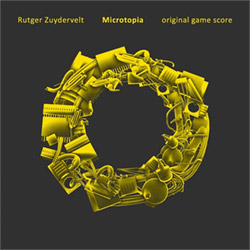


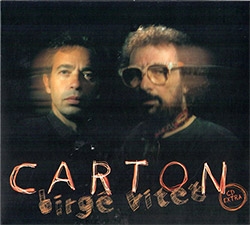
![Halls of the Machine: Atmospheres For Lovers And Sleepers [CASSETTE w/ DOWNLOAD]](https://www.teuthida.com/productImages/misc4/35806.jpg)
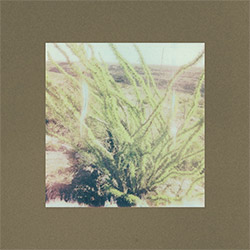
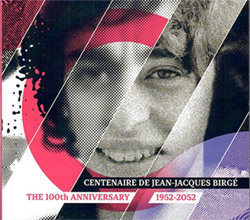



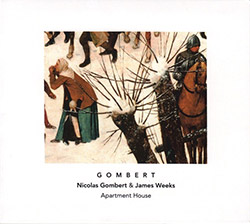
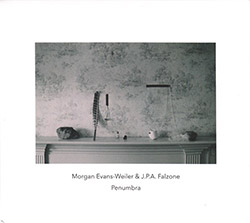
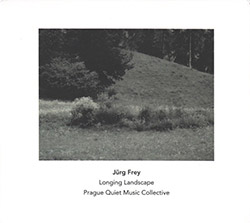
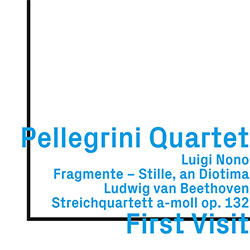
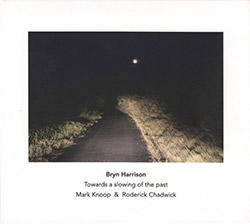

![Zorn, John / JACK Quartet: The Complete String Quartets [2 CDs]](https://www.teuthida.com/productImages/misc4/35609.jpg)
![Lonsdale, Eden: Dawnings [2 CDs]](https://www.teuthida.com/productImages/misc4/35480.jpg)

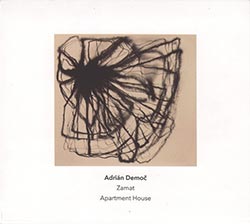

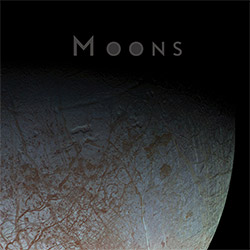

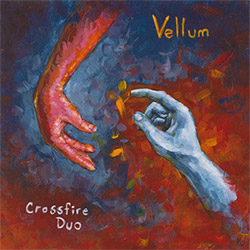

![Sanna, Claudio: Compositori Sardi Contemporanei II [2 CDs]](https://www.teuthida.com/productImages/misc4/35317.jpg)

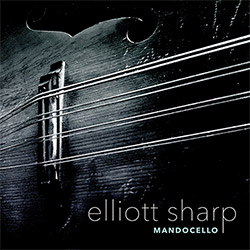

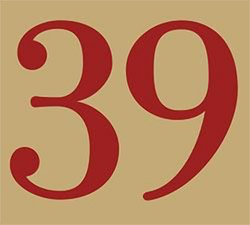

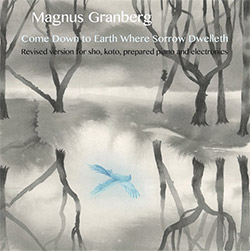
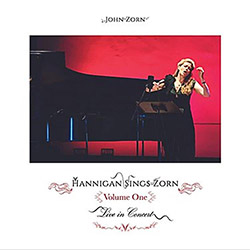
![Zurria, Manuel: Fame di Vento [3 CDs]](https://www.teuthida.com/productImages/misc4/35167.jpg)

![Electric Bird Noise / Derek Roddy: 8-10-22 [CD EP]](https://www.teuthida.com/productImages/misc4/35970.jpg)


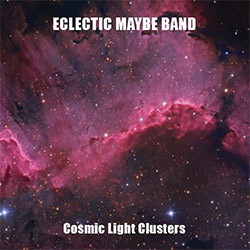
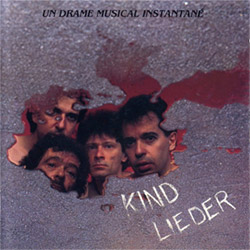
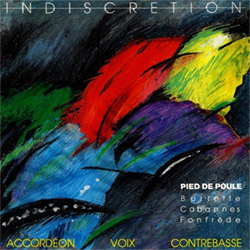

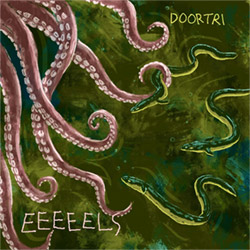
![Elephant9 : Mythical River [VINYL]](https://www.teuthida.com/productImages/misc4/34624.jpg)
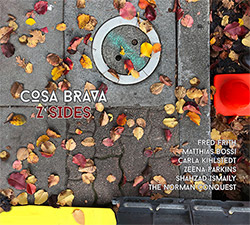

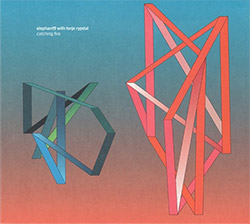
![Elephant9 with Terje Rypdal: Catching Fire [VINYL 2 LPs]](https://www.teuthida.com/productImages/misc4/35355.jpg)
![Deerlady (Obomsawin, Mali / Magdalena Abrego): Greatest Hits [VINYL]](https://www.teuthida.com/productImages/misc4/34876.jpg)

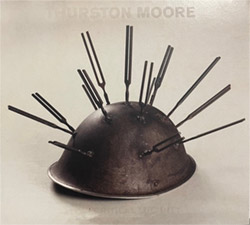
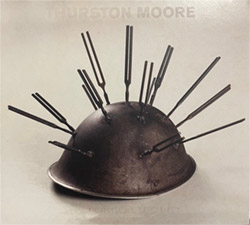
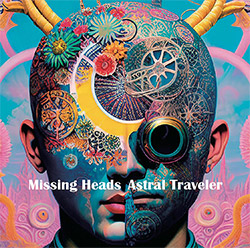
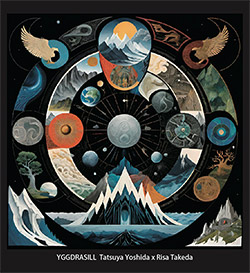
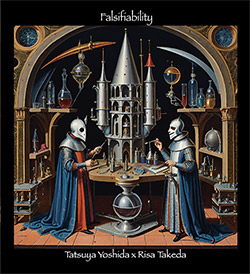
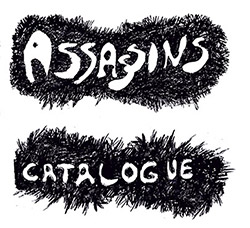
![Surplus 1980: Illusion of Consistency [CD]](https://www.teuthida.com/productImages/misc4/35069.jpg)
![Staiano, Moe: Away Towards the Light [VINYL + DOWNLOAD]](https://www.teuthida.com/productImages/misc4/35037.jpg)
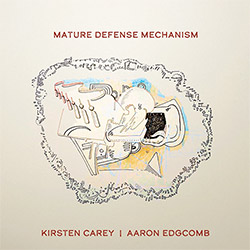
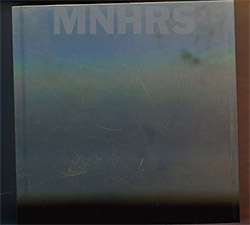

![Caveira (Gomes / Sousa / Abras / Ferrandini): Ficar Vivo [VINYL]](https://www.teuthida.com/productImages/misc4/34643.jpg)
![Coley, Byron: Dating Tips for Touring Bands [VINYL]](https://www.teuthida.com/productImages/misc4/17906.jpg)

![Lost Kisses: My Life is Sad & Funny [DVD]](https://www.teuthida.com/productImages/misc4/lostKissesDVD.jpg)